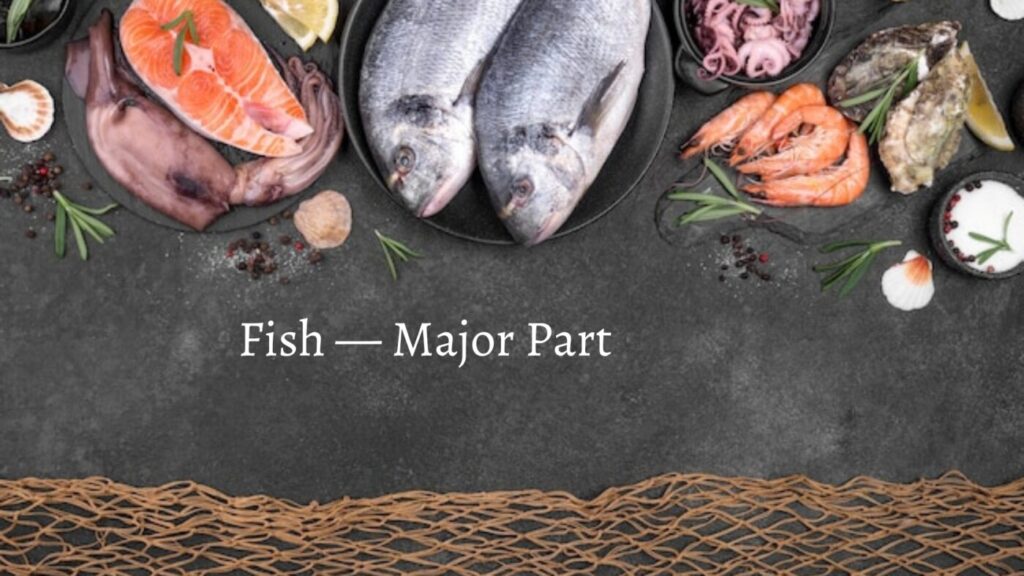Top 10 Most Popular Fish Names With Pictures
Fishes are generally of all kinds and shapes and sizes. Some fishes swim quietly in circles. Some fishes swim very fast and beautiful to look at. Many fishes swim solitary and hideous. Fishes come in different colors like gold, blue, brown, red, and white. Wonder fish, Angel There are many fish like fish, boy fish, …




